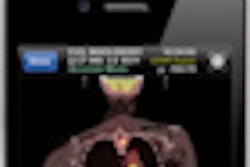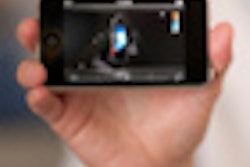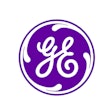Sunday, November 27 | 10:55 a.m.-11:05 a.m. | SSA11-02 | Room S403A
In this scientific paper presentation, a Dutch research team will share how the RSNA's Clinical Trial Processor (CTP) application can anonymize DICOM images from a Web-based image distribution system.The researchers had tackled the issue of DICOM image deidentification as the first step toward the goal of developing an environment for easy setup and maintenance of multicenter and international radiological research studies that handle large amounts of image data, said presenter Dr. Kadek Aryanto of the University Medical Center Groningen.
In this study, the researchers deployed an adapted version of CTP to receive DICOM images from their existing Web-based image distribution system, then anonymized the images and stored them into appropriate nodes based on their given task. The application also allows for multiple pipelines, each with its own anonymization process running in parallel.
"The newly integrated system delivers a fast and accurate process of transferring, anonymizing, and storing DICOM images from one DICOM node to another," Aryanto said. "The ability to run different anonymization processes in parallel pipelines with their own dedicated DICOM nodes is a major advantage in a clinical research setting."
In another paper to be discussed immediately after this presentation, the researchers will share how an adapted version of CTP could transfer, receive, anonymize, and store DICOM images quickly, securely, and in a stable fashion. They also determined that it could use an existing information system's database to guide the anonymization process, Aryanto said.




















